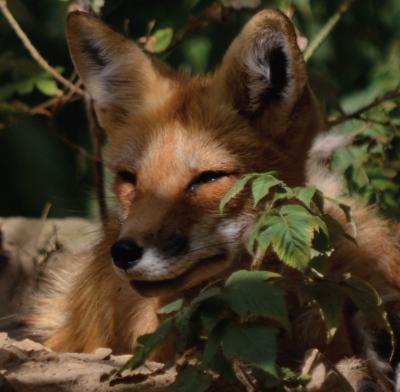Podcast: Play in new window
BOB HIRSHON (host):
A twist in Lyme disease research. I’m Bob Hirshon and this is Science Update.
Coyotes and foxes, not deer, may be the key animals involved in Lyme disease. This according to wildlife ecologist Taal Levi, now at the Cary Institute for Ecosystem Studies. He explains that the ticks that transmit Lyme disease are called deer ticks, but they typically acquire the bacteria from small mammals like mice and chipmunks. Foxes prey heavily on those mammals, but in many places, foxes are losing territory to coyotes. While at the University of California at Santa Cruz, Levi and his colleagues studied the relationship between the fox-coyote balance and Lyme disease in the Northeast and Midwest.
TAAL LEVI (UC Santa Cruz, Cary Institute for Ecosystem Studies):
And those spatial patterns of coyote abundance and fox rarity really effectively predicted Lyme disease incidence.
HIRSHON:
Levi says the prevalence of deer, on the other hand, was unrelated to human disease rates. I’m Bob Hirshon for AAAS, the Science Society.

